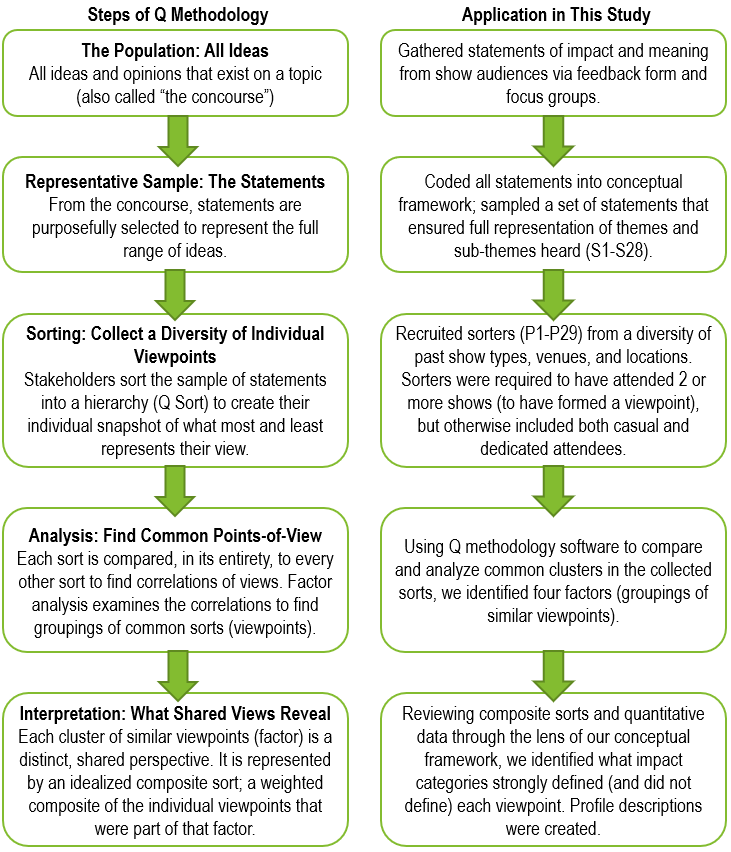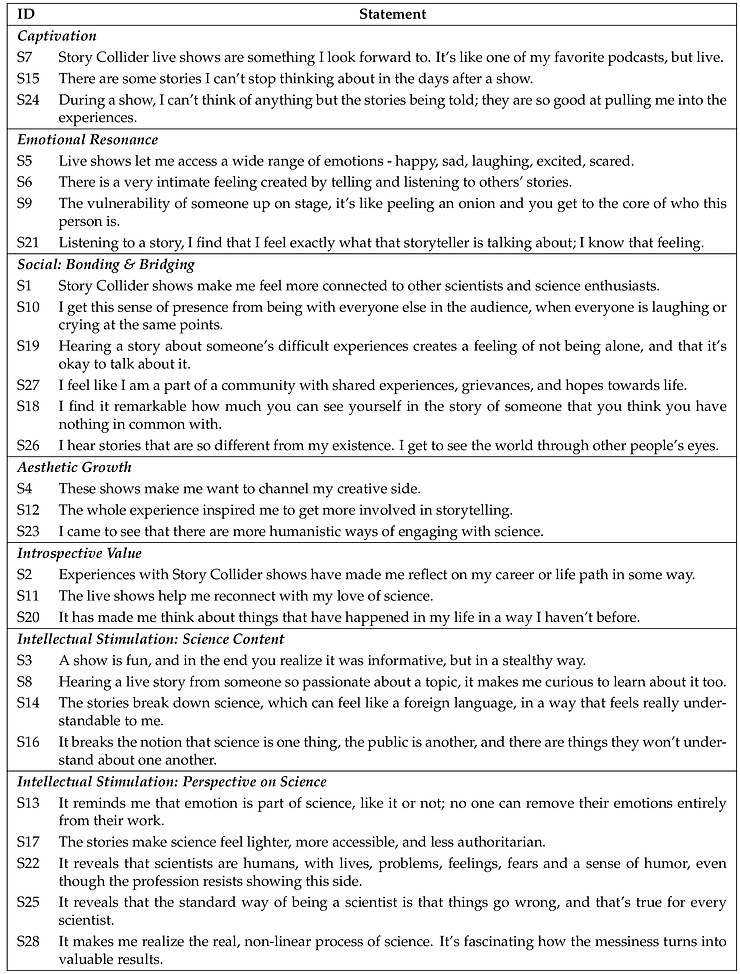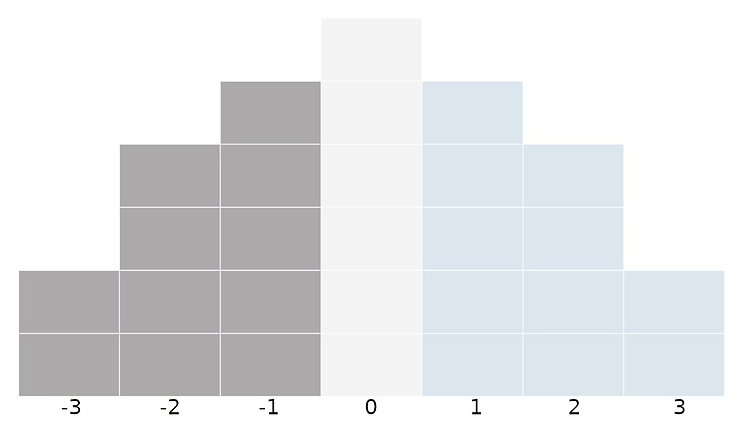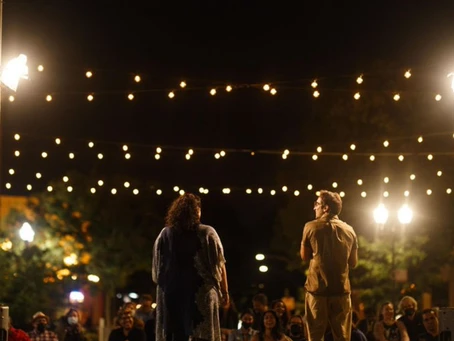Creating personal meaning from colliding stories
By Niveen AbiGhannam
Title: The audience experience of science storytelling: impact profiles from a Q methodology study
Author(s) and Year: Jessica Sickler and Michelle Lentzner (2022)
Journal: Journal of Science Communication (open access)
| TL;DR: Storytelling has a subjective individual impact on audiences. This study describes and sorts audience experiences with a science storytelling platform and finds four profiles that summarize the individual ways in which members of the audience internalize the value of science storytelling, ranging from captivation to social connection to aesthetic stimulation. Why I chose this paper: I am fascinated by stories; the ones that we are told, and the ones that we tell ourselves. As a science communication (scicomm) researcher and educator, I am interested in the impact of stories in scicomm contexts, and this paper has taught me so much about the range of individual impacts that science stories have on audiences. |
Late last year, we lost the prolific and inspiring writer and storyteller, Joan Didion. Her words from The White Album still echo in the void that she has left:
“we tell ourselves stories in order to live.”
The quote is deep and beautiful, and it speaks to the value of storytelling to convey meaning and inspire sensemaking in all aspects of the human experience. This quote emphasizes both the powerfulness of stories as an essential component of the lives that we live and their malleability to be shaped into anything we want them to be, no matter how they were presented to us. This is the essence and beauty of storytelling– that we each take our own personal meaning and make our own stories out of the stories told to us.
The Details
In recent years, storytelling has been identified as a powerful tool to communicate science with nonexpert audiences to the extent of coining storytelling as the ‘soul of scicomm’. Particularly, well-thought science story plotlines transcend merely informing or persuading an audience of something to inducing emotional gravitation towards scientific experiences.
The Story Collider emerged in 2010 as a platform that uses personal storytelling to communicate about various science topics with the goal of connecting diverse audiences with diverse scientists and science communicators through shared experiences, identities, and emotions. The personal narratives told in The Story Collider’s live shows adhere more to features of performing arts rather than typical forms of science outreach, thus they do not aim for specific and unified learning outcomes. Rather, the goal is for the audience members to embark on a “meaning-making process” that is dependent on their own distinct mindsets, experiences, emotions, and interpretations.
Study objectives and methods
Understanding the impact of science communication efforts is not a straightforward process, especially when the goal is not focused on specific learning outcomes. Sickler & Lentzner thus wanted to find a way to assess the subjective experiences of the audiences of storytelling science shows, and the resulting meanings that they construct from such experiences.
For this purpose, the authors used a method called Q methodology, which helps researchers transform subjective experiences into types (profiles) of common social perspectives. This participant-centered method provides more quantifiable data than typical qualitative interview methods. In this study, the authors provided participants with a series of statements describing a range of impacts of The Story Collider and asked them to prioritize such statements. This allows researchers to construct the profiles of the participants based on the order in which they place the impact statements. Figure 1 lists the steps in Q methodology and how it was applied in this study.

The list of statements that were provided to participants to sort is provided in Table 1 below. The statements are organized according to a conceptual framework borrowed from the performing arts, which includes the intrinsic impacts of captivation, emotional resonance, social bonding & bridging, aesthetic growth, introspective value, and intellectual stimulation.

Participants were asked to sort the statements in Table 1 above into the distribution in Figure 2 below. Each participant ranked the 28 statements from the most to least representative of their experiences with The Story Collider shows. Twenty-nine participants from diverse backgrounds completed this activity. Results were analyzed using a Q analysis software that sorts and factors statements, as ranked by participants.

The Results
The analysis produced four profiles representing distinct perspectives within the audience of The Story Collider:
Profile 1: humanizing science & piquing interest– most strongly connected with statements about discovery and learning about science (the most diverse group in terms of age, gender, science interest)
Profile 2: feeling empathetic & empowered – placed a higher value on the impact of emotional resonance and empathetic connections (predominantly women who worked in STEM or scicomm professions)
Profile 3: shared community of science insiders– impacted by authentic and diverse shared stories (mostly young STEM professionals with high science interest)
Profile 4: absorbed in the live show– characterized by a strong sense of captivation (a common aspect of these participants is that they were the only ones to have attended in-person shows before they moved online in 2020)
The Impact
This study emphasizes the unique impacts that storytelling experiences can have on different people. The researchers clearly describe how participants come from diverse backgrounds and experiences, which translated into a variety of different impacts from the shows. Additionally, the experience itself of listening to the stories (in-person vs. online) seemed to influence the impact of those stories. The art-based storytelling approach that The Story Collider uses is thus shown to provide the space for each audience member to create their own meaning out of the larger shared storytelling experience.
Professional science communicators can take two practical takeaways from this study: 1) that storytelling is an effective science communication tool that allows for a range of individual impacts on audiences, ranging from captivation to social connection to aesthetic stimulation; and 2) that science communicators can use quantitative tools to assess subjective experiences resulting from science communication instances.
Referring back to The White Album passage from which Joan Didion’s infamous quote is taken, we can further unpack the value of what we make of stories and how stories make us:
We look for the sermon in the suicide, for the social or moral lesson in the murder of five. We interpret what we see, select the most workable of the multiple choices. We live entirely, especially if we are writers, by the imposition of a narrative line upon disparate images, by the ‘ideas’ with which we have learned to freeze the shifting phantasmagoria which is our actual experience.
Science storytelling allows the audience to reconstruct the complex plotlines (phantasmagoria) that storytellers present to them in a way that speaks to their individuality and their needs, a validation of their lived experiences and their meanings, making them not only story consumers, but also story (re)writers.
Edited by Michael Golden and Jacqueline Goldstein
Cover image credit: The Story Collider Twitter Page

